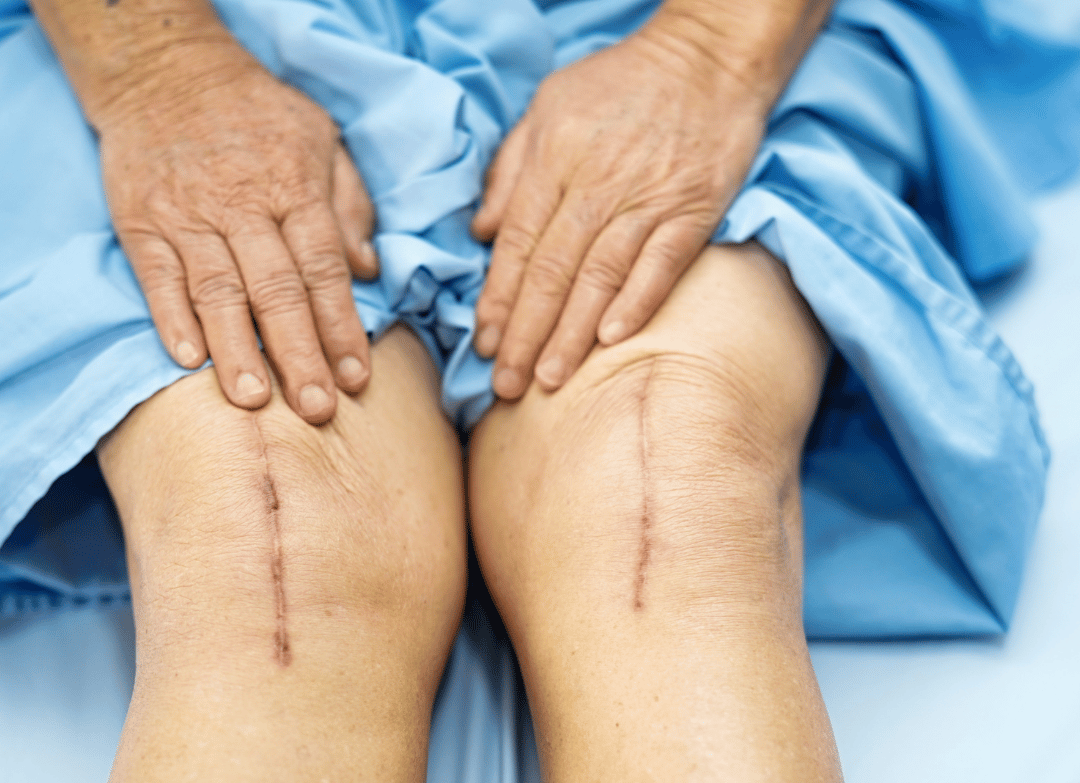
You’ll wake up in the recovery room.
Your knee may feel numb or heavy.
That’s normal after anesthesia and pain blocks.
Nurses will check your vitals regularly.
They’ll also move your legs gently.
The goal is circulation, not comfort.
Physical therapy begins sooner than expected.
Sometimes within hours after surgery.
You might sit up or stand briefly.
It won’t feel natural at first.
But movement lowers the risk of complications.
And gets your knee working again.
Physical Therapy Begins Sooner Than Expected
You’ll likely stay in the hospital for a few days.
How many depends on your progress.
If you walk safely, you may go home.
Otherwise, rehab centers are an option.
Either way, walking is part of day one.
Even if it’s just a few steps.
Pain management is carefully monitored.
You won’t be expected to suffer through it.
But discomfort is part of healing.
The goal isn’t to eliminate pain entirely.
It’s to keep it manageable while you recover.
Medication helps, but movement matters more.
The Goal Isn’t to Eliminate Pain Entirely
Swelling happens quickly and can surprise you.
Your leg may look larger than expected.
Elevation and ice become daily habits.
Compression helps too, if recommended.
You’ll be shown how to do it.
Consistency makes the biggest difference.
Your incision may be stapled or glued.
You’ll be given care instructions.
Keeping it dry matters at first.
So does watching for signs of infection.
Redness, drainage, or fever should be reported.
Most incisions heal smoothly, with time.
Most Incisions Heal Smoothly, With Time
Physical therapy continues at home or in a clinic.
Exercises focus on bending and strength.
Some hurt. Some don’t.
You may dread certain stretches.
But doing them matters more than liking them.
Skipping sessions slows recovery.
Progress doesn’t follow a straight line.
Some days feel easy.
Others feel like setbacks.
This is normal and expected.
You aren’t doing it wrong.
You’re just healing.
You Aren’t Doing It Wrong
You’ll likely use a walker at first.
Then a cane, then nothing.
Each step depends on your stability.
Don’t rush through devices too quickly.
They protect more than they delay.
Balance matters as much as strength.
You may tire more easily than before.
Even sitting takes effort early on.
Rest isn’t lazy — it’s necessary.
Your body’s energy goes toward healing.
Let it.
Sleep when needed, even during the day.
Rest Isn’t Lazy — It’s Necessary
Appetite may drop after surgery.
Medication can affect taste and digestion.
Eat small, balanced meals.
Stay hydrated even if you’re not thirsty.
Constipation is common during recovery.
Ask about options before it becomes a problem.
Driving is usually off-limits at first.
Especially if your right leg had surgery.
Your reflexes and reaction time change.
Even braking feels different.
Most doctors recommend waiting a few weeks.
Safety overrides urgency.
Safety Overrides Urgency
Your knee will look and feel different.
Swelling lingers for weeks, sometimes months.
Clicking or tightness is normal.
Scar tissue builds and reshapes the area.
Full recovery takes longer than expected.
But that doesn’t mean you’re failing.
You may be cleared to return to work.
But full-time schedules might feel exhausting.
Ease back in if possible.
Let your body tell you what’s sustainable.
Recovery isn’t just physical.
It’s mental too.
Let Your Body Tell You What’s Sustainable
Depression or frustration may surface.
Especially if you expected quick improvement.
That doesn’t mean something’s wrong.
It just means healing feels longer than pain.
Talk to your care team honestly.
They’ve seen this before.
Your follow-ups will track mobility and pain.
X-rays show how the implant settles.
Range-of-motion matters more than how far you walk.
Bending past 90 degrees is a key milestone.
So is straightening your leg fully.
Both take time and effort.
